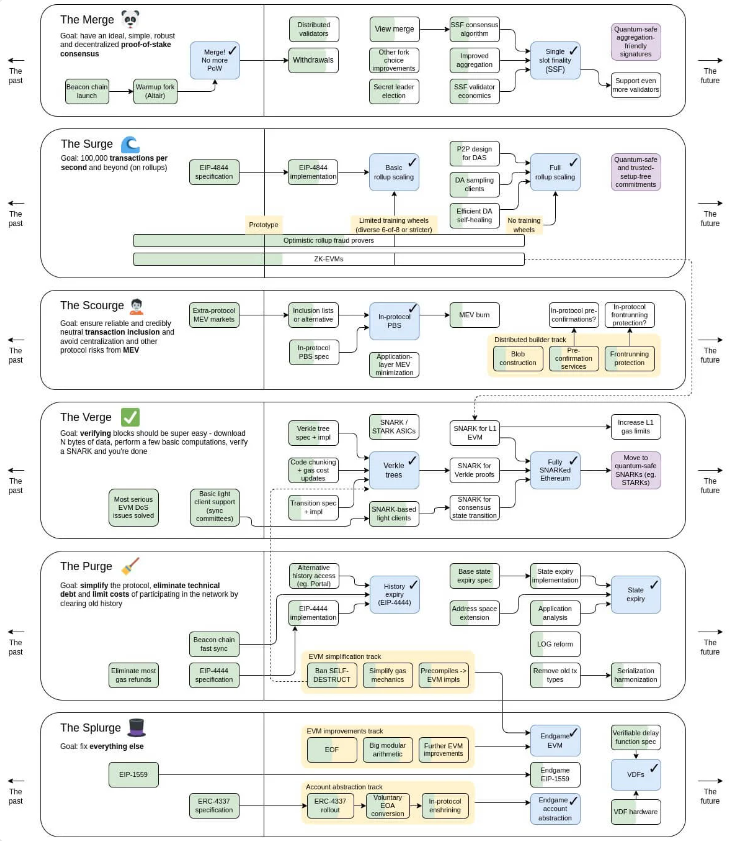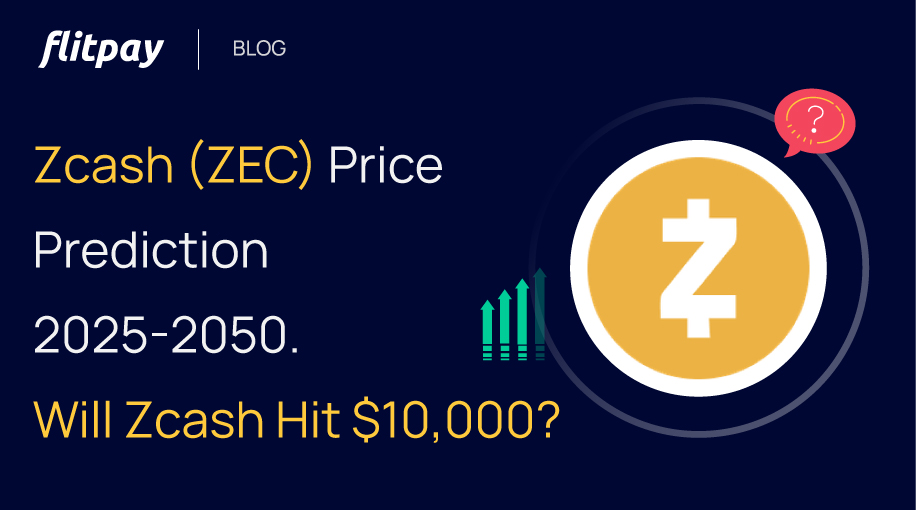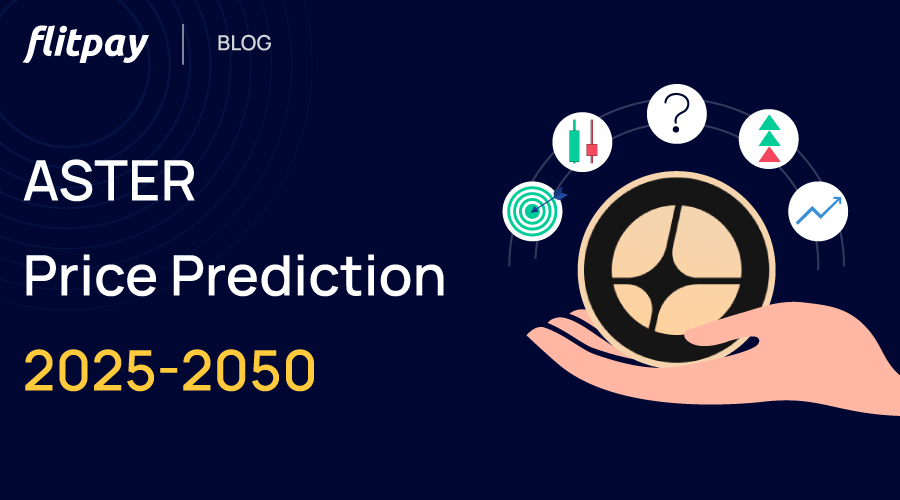Ethereum is the next big thing in the current crypto market after Bitcoin. Being the largest altcoin by market cap, it is the home of more than 2800 dApps, over 80,300 NFT collections, and hundreds of layer-2 blockchains. Whether dApps, NFTs, DAOs, Metaverse, or memecoins, Ethereum is the go-to choice for almost all varieties of crypto projects. If we talk about the market share, Ethereum enjoys the second largest market dominance after Bitcoin, making it a cornerstone of the entire crypto ecosystem.
Due to this large scale of the Ethereum network, knowing as much as possible about its future roadmap should be a no-brainer for crypto investors. If you agree, this blog is for you.
This blog will uncover all the upcoming upgrades in the Ethereum blockchain. We will also discuss their potential and possibilities.
Let’s begin with knowing why Ethereum needs upgrades in the first place.
Why Does Ethereum Need Upgrades?
The Ethereum blockchain has been experiencing a meteoric rise in popularity since its inception. While it is a highly robust platform, its scalability and sustainability are beginning to strain under its soaring demand. The relentless surge of transactions has proved to be a double-edged sword for the Ethereum blockchain as it has given rise to a troubling phenomenon: network congestion.
This congestion started causing transaction delays as the capacity of Ethereum was only between 15 to 30 transactions in its original PoW (Proof of Work) version. It was shallow compared to traditional finance networks like Visa, which can handle up to 24,000 transactions per second. The network congestion further forced the Ethereum blockchain to use higher energy for processing transactions. The network had to surge its gas fees (transaction processing charges) to compensate for this energy, putting an additional burden on users. It was a multifaceted challenge that demanded urgent attention and innovative solutions.
To deal with these issues, Ethereum’s founder, Vitalik Buterin, proposed a vision with a roadmap for Ethereum. This roadmap includes different upgrade stages for the Ethereum blockchain to introduce efficient improvements in its architecture. This roadmap aims to transform the Ethereum blockchain into a fully scaled and maximally resilient platform.
What is the Ethereum Roadmap?

Ethereum Roadmap is a multi-stage strategic plan developed by Ethereum developers to address crucial issues like insufficient scalability, high gas, and centralization concerns. Since the overall project includes several technical stages, the Ethereum community divided it into six category upgrades.
These categories are as follows.
- The Merge - This upgrade is related to switching the Ethereum blockchain from a proof-of-work to a proof-of-stake consensus mechanism.
- The Surge - This Upgrade involves boosting Ethereum blockchain scalability by Rollups and data-sharing.
- The Scourge - This upgrade will deal with censorship resistance, centralization issues, and protocol risks.
- The Verge - This upgrade will simplify the process of block verification for the Ethereum blockchain.
- The Purge - This upgrade will reduce the computational cost of running network nodes.
- The Splurge - This last upgrade will include all the nitty gritty upgrades that do not fit well into the previous upgrades.
Of all these upgrades, Ethereum has done and dusted the Merge upgrade on 15 September 2022. All other upgrades (Surge, Scourge, Verge, Purge, and Splurge) will come into force in the upcoming years.
What we discussed above is just the TL;DR of the Ethereum roadmap. To understand the real potential of these upgrades, one must know them in more detail, which is what we will do in the next section.
Ethereum Roadmap in Detail
The Merge
.png)
Ethereum completed its Merge Upgrade in September 2022. This upgrade shifted the consensus mechanism of Ethereum from Proof of Work (PoW) to Proof of Stake (PoS). Let’s dig deeper for a better understanding.
Ethereum mainnet used to run Proof-of-Work (PoW) consensus since its deployment. However, the PoW consensus was time-consuming compared to other blockchain consensus mechanisms like Proof-of-Stake (PoS). Moreover, it was also energy-intensive, making it unsustainable for the environment. Ethereum developers decided to switch their consensus from PoW to PoS to address these issues. Since it was not feasible to halt the Ethereum network to make this change, its community proposed a plan.
They launched a new Proof of Stake blockchain in 2020 called Beacon Chain. They created the beacon chain to ensure the PoS consensus approach was sound and sustainable before applying it directly to the main Ethereum blockchain. The PoS-based beacon chain ran parallel to the original PoW blockchain of Ethereum. When proven successful, the Beacon chain merged with the existing Ethereum mainnet. This event was named The Merge.
After the Merge, there were no longer two blockchains in the Ethereum ecosystem. It only has one Ethereum mainnet that runs on the PoS consensus mechanism. Thus, Ethereum mining no longer occurs as the network rewards the users with new ETH for staking their existing ETH tokens. This approach has reduced the power consumption of Ethereum by a staggering 99.95%. However, the transaction throughput of Ethereum has not improved significantly after the Merge Upgrade. The only relatable thing this upgrade has done for Ethereum transactions is that the average block time of Ethereum dropped to 12 seconds from 13-14 seconds, concluding that it will require more upgrades to boost its transaction speed.
A few months after the Merge upgrade, the Shapella upgrade of Ethereum took place on April 12, 2023. This upgrade enabled the withdrawal of staked ETH from the blockchain.
When the beacon chain came in for the Merge, many ETH holders staked some ETH in the network to become the early validators in Ethereum 2.0. They did so because the network required staked ETHs to test the PoS consensus. Their staked ETH was locked since then because the network did not allow withdrawals. The Shapella upgrade, a combination of two upgrades- Shanghai and Capella, finally allowed the withdrawal of those staked ETH partially and entirely.
Now, let's move on to the next stop on the Ethereum Roadmap: The Surge.
The Surge

Initially, Ethereum developers decided to scale it through a process known as “execution sharding” that would have divided a network into 64 shard chains. However, after analyzing the capabilities of layer-2 roll-ups, they concluded that layer-2 rollups and Danksharding will scale the network without implementing shard chains. Thus, they dropped Shard chains from the roadmap.
So, now the Surge upgrade focuses on Danksharding and L2 rollups.
Let’s look at a simplified explanation of both these techno babbles:
L2 Rollups
They are the layer-2 Scaling solution made of regular Smart contracts on the Ethereum blockchain. They serve as a relay between the main chain and a layer-2 blockchain to reduce the load of Ethereum. With their help, it becomes possible to perform transactions on Layer 2. They group transactions into batches, execute them off-chain, and store small data from each transaction on the main chain.
Danksharding
It is an innovative approach to add cheaper data to blocks. Its name came from the two scientists who proposed it: Proto Lambda and Dankrad Fiest. It will bring enough space for Ethereum rollups to dump their compressed transaction data on the Ethereum blockchain. This spacious arrangement will enable Ethereum to support hundreds of individual L2 rollups. It will further make the high throughput possible for Ethereum.
But how will Danksharding make it possible?
Let’s understand.
Currently, the procedure of rollups to process transactions is expensive because the data they collect lives on the chain forever, even if the chain needs that data temporarily.
To solve this problem, the Ethereum developers are introducing proto-dank sharding, an intermediate step towards Danksharding. Under it, the blockchain will introduce “data blobs” to the EVM (Ethereum Virtual Machine.)
Blob stands for Binary Large Objects, similar to large portable bundles capable of containing cheaper data. Every blob has a header and a body. While the body of a blob stores relevant transaction data, its head contains less information, such as a signature. In proto-dank sharding, each transaction has a blob twin with the goal of making the trade cheaper. Though Blobs are large, they are only available temporarily and are not visible to the EVM. It is different from blocks, which are stored forever.
In the Surge upgrade, a new type of transaction, known as a blob-carrying transaction, will come into the Ethereum ecosystem. It will be possible to send and attach these data blobs to the Ethereum blocks. Since they are cost-effective compared to the current transaction data of Ethereum, they will reduce the cost of data for rollups, which will further reduce the transaction fee. Notably, the data of the blobs will be automatically deleted after a fixed period (1-3 months). Therefore, the rollups can send their data at a cheaper cost and pass the savings to end users by reducing transaction costs.
Next, let's explore the Scourge upgrade.
The Scourge

Last year in November, Ethereum co-founder Vitalik Buterin added a new stage to the Ethereum roadmap. This new addition was the Scourge upgrade, which will address the censorship and centralization issues of Ethereum 2.0. Its goal is to ensure decentralization and eliminate some crucial protocol risks by establishing a neutral consensus layer biased to none. Apart from that, Scourge will also solve the MEV (Maximal Extractable Value) issues associated with Ethereum.
But What is MEV?
MEV is the maximum extra value a miner can extract from block production more than the standard block reward and gas fee by wrong practices. These practices include excluding and changing the order of processing transactions in a block to take advantage of insider information.
Here is what happens:
Anyone who monitors the Ethereum network can preview the pending transactions in the mempool. With this information, the validators can pick the transactions to include in the next block by choosing which pending transaction is paying the highest priority fee. This privilege allows the validators to use sophisticated strategies to choose specific transactions for self-benefit. They can even include their transactions to perform instant arbitrages and liquidations.
To limit this practice, the Scourge involves steps to make the transactions neutral and more decentralized. These steps include PBS (Proposer Builder Separation). This idea separates the proposer and builders of new blocks in a blockchain. PBS separates the work of proposing blocks (done by validators) from the job of building blocks (done by block builders), which will help to reduce the chances of MEV. It will make the network more decentralized and unbiased for everyone.
The Verge

You must agree that verifying and storing blocks should be easy for blockchain if they are scalable. The more complex it is, the more computational power it will take and the higher the reward validators will need.
Well, guess what?
Ethereum developers think the same. That’s why they are addressing this issue in the Verge upgrade. The Verge aims to simplify the complex and resource-intensive block verification process for validators. It will not only help the existing validators but will also open doors for new entrants. To achieve this goal, the Verge will remove the need for validators to maintain a complete transaction history of Ethereum. It is important because currently, the validators must run a full node that requires very high dedicated storage and CPU, which is non-feasible for Ethereum block validators with limited storage space and capital.
Ethereum developers came up with “Light Clients” to solve this issue.
A light client is a computer node that runs a light client software. This software lets users participate in the Ethereum consensus without downloading the entire blockchain history on their devices.
Unlike storing a copy of the entire blockchain data and independently verifying transactions like a full node, a light client takes the help of some third-party providers. These providers might have wider resources and connections with a full node. The providers collect the required data for light clients using their resources and connections. Once a light node receives the data from providers, it only needs to verify it. The “lightness” of a light client node will vary depending on its resources and storage space.
Apart from the Light clients, the Verge upgrade will also introduce Verkle Trees, an upgrade to Merkle Proofs that requires smaller proof sizes. As many of you may know, Merkle proof is cryptographic evidence to prove that a specific transaction belongs to a block without revealing all the transactions of that block. Even though it enhances blockchain security, a Merkle-proof utilizes significant space that proves problematic in the scaling. Due to this reason, Vitalik proposed the concept of Verkle proofs in 2017. Verkle proofs will be an improved version of Merkle proofs and require much less space.
What you need to know about them to understand the Ethereum roadmap is that they will allow validators to perform their task without storing large data on their machines. Verkle proofs will also enable Ethereum to use better zero-knowledge-proof technologies like SNARKs and STARKs. We will not delve into these technologies in depth to avoid making this blog technically heavy.
We know it’s a lot to grasp for you.
That’s because such milestone upgrades don’t come easy.
But the good thing is that we are almost done.
So, put your head together for a little longer as we dive into the last two stops of the Ethereum roadmap- The Purge and The Splurge.
The Purge
.png)
Purge will be the fifth milestone event for Ethereum as it will introduce history expiration to reduce the Hard disk requirements for node operators. To achieve it, the Purge upgrade will introduce EIP-4444, meaning that all node operators will not need to store the data of previous blocks. The nodes will stop serving historical blocks older than a year. The recorded data will only be available when someone requests it or when a node needs it to sync with the blockchain. Once a node syncs fully with the blockchain, it no longer needs the historical data over 365 days to verify new blocks.
The new nodes will get a new syncing mechanism at the time of this upgrade. This new mechanism could be “checkpoint Sync,” which will sync the chain from the most recently decided checkpoint block instead of the genesis block. This step will reduce the network congestion and storage entry point for validators.
Now comes the final stage of the iconic Ethereum Roadmap, The Splurge.
The Splurge
.png)
The Splurge is the grouping of all the smaller upgrades that the Ethereum blockchain will require to fix everything that goes wrong with the aforementioned five updates. It will also combine the improvement proposals that do not fit the other upgrades. In simpler terms, The Splurge upgrade will add the final touches to Ethereum.
Vitalik describes this stage as “the enjoyable stuff once all of the preceding phases have merged”. Notably, the roadmap can change with time according to the best interest of Ethereum and its users. Thus, it is possible that by the time we reach the Splurge, it will include many upgrades and improvements. According to various sources, Ethereum will be able to process over 1,00,000 transactions per second after reaching the end of this roadmap.
Departing Note
Ethereum's roadmap is a dynamic and ever-evolving blueprint for the future of this groundbreaking blockchain platform. The roadmap's goal is clear: to enhance user experience, boost security, reduce gas fees, and keep Ethereum at the forefront of technological innovation. While there's no fixed timeline, this flexible approach ensures that Ethereum remains agile in evolving needs. Vitalik Buterin's ambitious plan to scale it 1000x is a thrilling ride we're all a part of.





